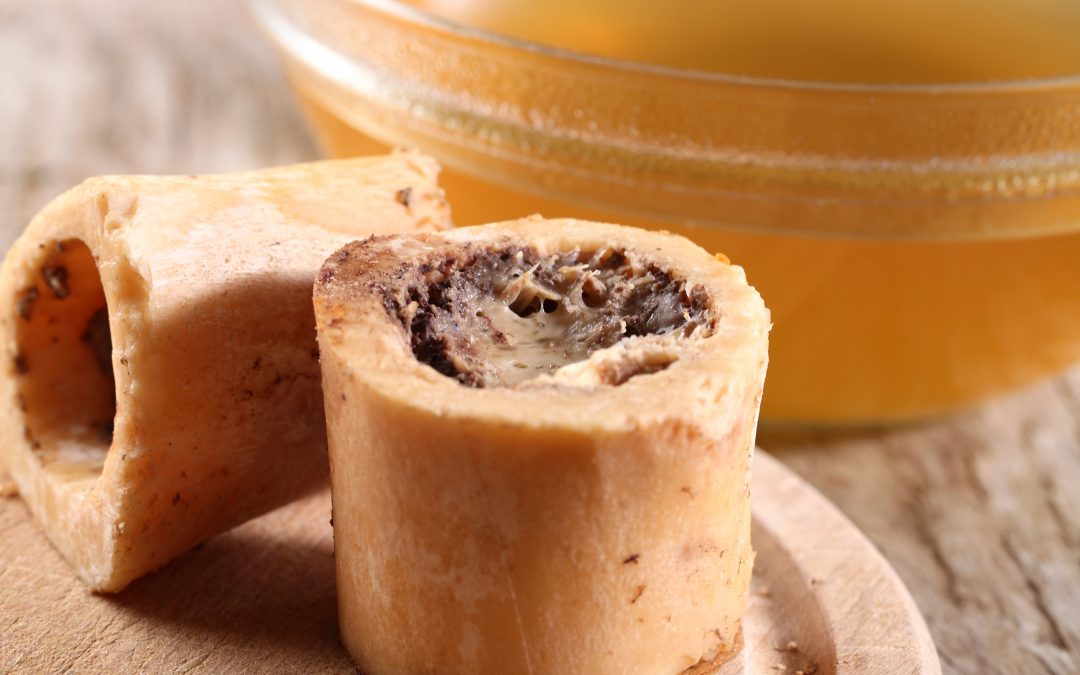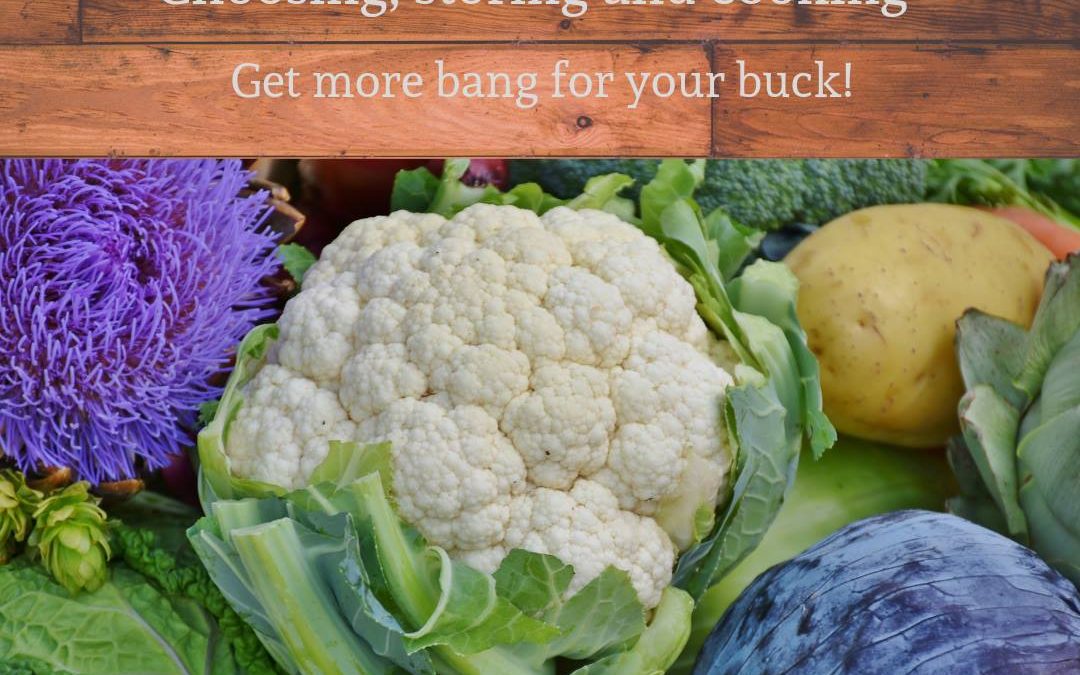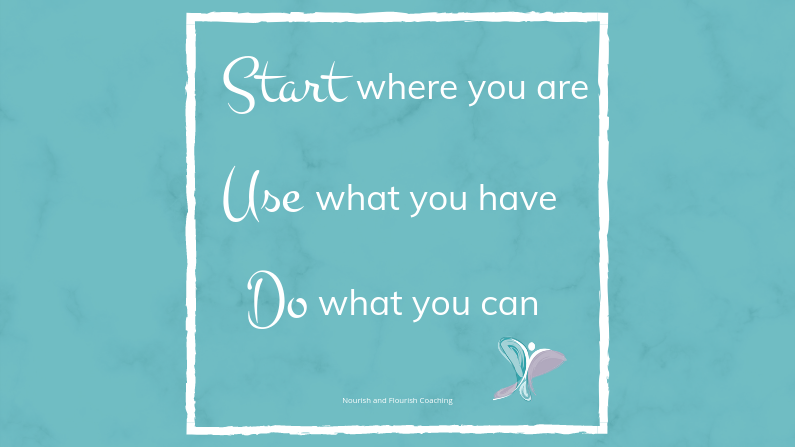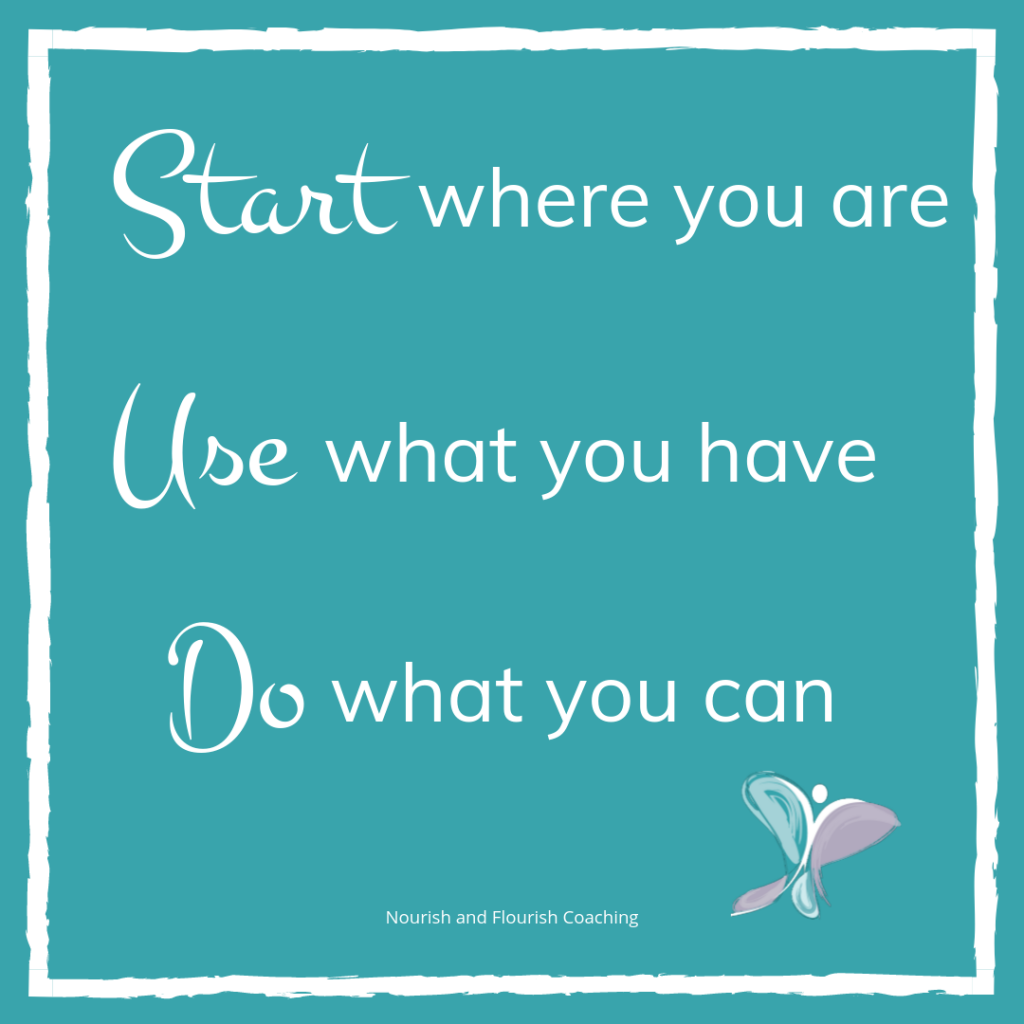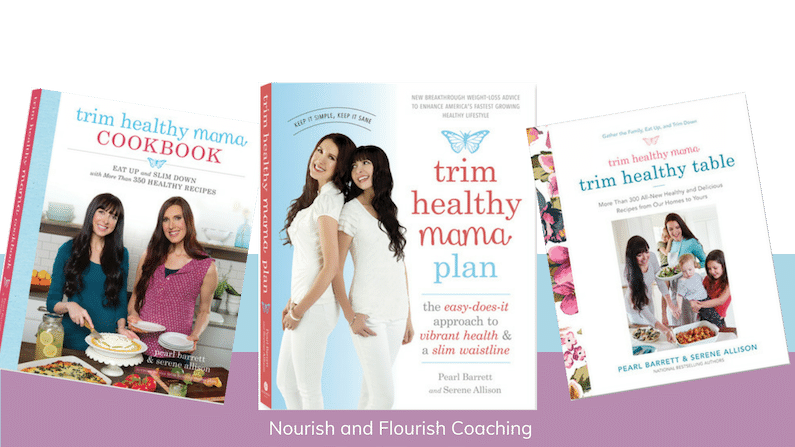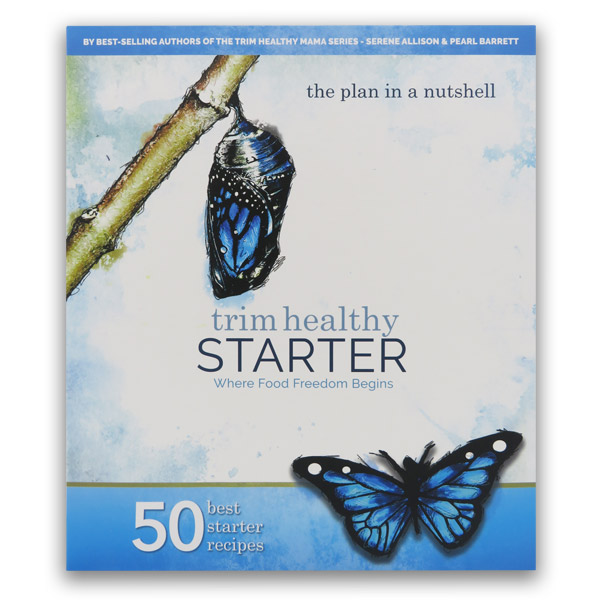
Why You Need More Fish In Your Diet
Fish contains much needed minerals and certain health benefits that other meats don’t. Eating oily fish twice a week is recommended for your overall good health, especially for your heart and blood. Oily fish varieties include small fish such as anchovies, sardines, herring and kippers as well as larger types like ocean tuna, Atlantic salmon, mackerels, eel, trout, silver warehou, mullet, trevally, sand whiting and snapper. But don’t forget about the leaner, white fish – they have loads of health and weight benefits!
Frozen is a good option if you can’t buy it fresh. Canned sardines, salmon and tuna are convenient and affordable. Frozen fish fillets are a busy woman’s dream. They are individually wrapped so you can take a fillet out, put it in a bowl filled with warm tap water and it will defrost in just a few minutes. It doesn’t get much quicker or easier than that! Look for frozen fish at Coles, Woolworths, IGA’s, Aldi or Costco. Buy the plain (no sauce, no crumbs) fillets and add your own dressing or just a splash of lemon juice and some herbs.

Oily fish are darker in colour and stronger in flavour than white fish. They have a higher fat content and 5 to 6 times more omega-3 than white fish. In addition, oily fish are rich in vitamin A and vitamin D. But white fish have a place in the diet too! Fish is very good for weight loss, especially white fish. White fish can be used in S or E meals.
Just as we have fatty meats and lean meats as part of our diet, we also need to have fatty fish and lean fish in our diet – this is best for optimal nutrition but also to change up or juggle the caloric load of our food.
Tip!
For canned tuna, check the label for a claim “High in omega-3” as many brands have had their natural oil reduced during canning.
Here are some more reasons to include more fish this week:
- A great protein source in either S or E meals
- High in important nutrients
- Powerful anti-inflammatory properties.
- Good source of Vit D. and iodine.
- It prevents and helps battle against auto-immune issues such as Hashimoto’s.
- It boosts your own natural collagen production.
- Breastfed babies of mothers who eat fish have better eyesight, perhaps due to the omega-3 fatty acids transmitted in breastmilk. Eating fish two or more times a week is associated with reduced risk of age-related macular degeneration.
- It boosts heart health and the entire cardiovascular system.
- It may help prevent and treat depression
- It may relieve the symptoms of rheumatoid arthritis, psoriasis and autoimmune disease.
- It may boost brain health. Elderly people who eat fish at least once a week may have a lower risk of developing dementia, including Alzheimer’s disease.
- It can help improve your sleep.
- It may help people with diabetes manage their blood sugar levels.
- It helps lower blood pressure that is too high.
- It has shown in studies to lower asthma risks in children by 24-25 percent.
- Eating at least two serves of fish per week reduces the risk of heart disease and stroke by reducing blood clots and inflammation, improving blood vessel elasticity, lowering blood pressure, lowering blood fats and boosting ‘good’ cholesterol.
Get Your Fish On
If you are struggling with your weight – eat more fish.
If you are struggling with your health – eat more fish.
Just Eat More Fish!
An easy way to increase your fish consumption is to simply double what you are doing now. If you are eating fish zero times per week – start by eating it once a week. If you are eating it once a week – eat it twice a week. If you are eating fish twice a week – double it and eat it four times a week. If you are already eating fish 4 times a week don’t forget to vary the sources. Aim for a minimum of 2 serves of oily fish PLUS 2 serves of white fish every week!
Sustainability
This isn’t something I’m addressing in this post but the Good Fish website is great for learning more about fish and and sustainability practices.
Pop on over to my Facebook page and let me know how often you are eating fish!



